As recently reported on Total Croatia News, Croatia expects Cardinal Stepinac to be canonized, despite opposition from the Serbian Orthodox Church. TCN contributor Vivian Grisogono described on January 30, 2016 how her grandfather Prvislav became a pawn in the game of deceitful techniques used to discredit Stepinac during and after their lifetimes.
Cardinal Alojzije Stepinac (1898-1960) is revered throughout Catholic Croatia, but reviled by many Serbs. He was beatified in 1998. His proposed canonization has evoked howls of protest from Serbian Orthodox representatives.
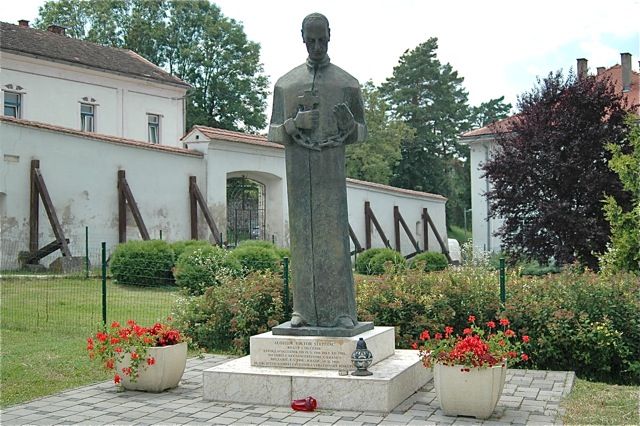
There are numerous memorials, shrines and chapels dedicated to Stepinac’s name all over the country. On the other hand, he is accused in countless virulent articles, in print and online, of abetting barbarous atrocities against Serbs and other non-Catholics during World War II.
Name-blackening, an easy game
It is not difficult to blacken a person’s name. Nowadays a rumour spread through the internet can reach millions in a matter of moments. During World War II, when the territories of then-Yugoslavia were under Nazi and Italian occupation, the reach was not so fast or far, but lying propaganda could still find its target and wreak havoc.
A Croatian saying has it that “a lie has short legs” (u laži su kratke noge). I have always taken this to mean that the lie is quickly detected because it can’t run well. However, when pernicious lies persist I sometimes wonder if the true meaning is that a lie can stay under the radar and escape detection indefinitely.
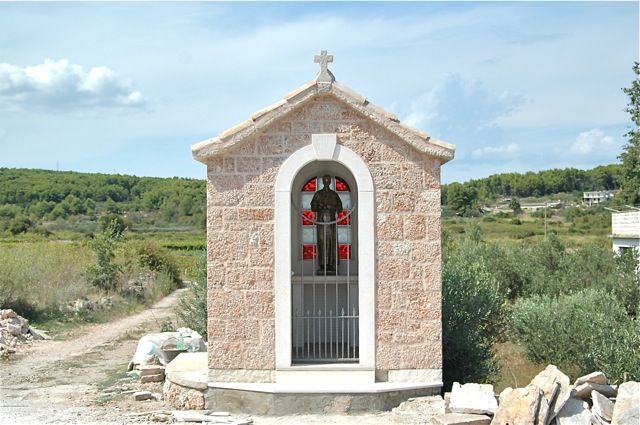
A lying letter
At the end of 1941, typewritten copies of a letter supposedly addressed to then-Archbishop Stepinac accused him and the Catholic Church of unspeakable crimes against Orthodox Serbs and were widely circulated in Yugoslavia and abroad. The letter was composed to generate hate and to justify “historical” paranoia. It contained lurid graphic descriptions of alleged atrocities. In translation:
“Thousands and thousands of Serbian corpses have been carried by the Sava and Danube rivers and their tributaries. One corpse carried the inscription ‘To Belgrade. For the attention of King Peter’…In Bosnia vessels were found filled with the blood of Serbs. In one instance, Serbs were forced to drink the warm blood of their slaughtered brothers… Women have been raped on the altars of Orthodox churches!” The Catholic Church is described as participating in “all these crimes of unexampled barbarity which are worse than Godless,….. The awful fact is that Catholic priests have become commanders of Ustasha camps and as such gave the orders and approval for these dreadful tortures and killings of Christian folk…the Catholic Church has made use of all this in order to convert the surviving Serbs, even while the earth still reeks with the blood of innocent victims. Even while cries still rent the breasts of the unfortunate survivors, priests, monks and nuns carried Ustasha daggers in one hand and a prayer book and rosary in the other.” And so it went on. The letter was convincing only to those who chose to believe it. Proof of the outlandish statements? Not needed, apparently.
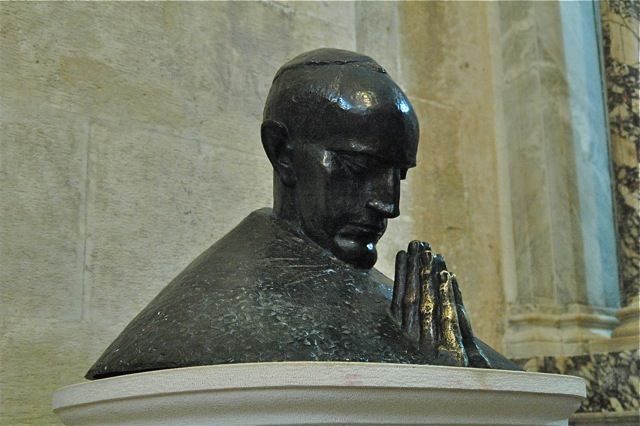
Who wrote the letter?
The letter carried the ‘signature’ of Prvislav Grisogono (1879-1969), a prominent Croatian politician and diplomat. However, it was not written by him. The signature was nothing like his. In fact, he was not in a position to sign any letters, as he had been imprisoned in autumn 1941 by the Nazis in the Banjica concentration camp just outside Belgrade, and was only released at the end of January 1942.
It is said that the instigator of the letter was Adam Pribičević, brother of the Serb leader Svetozar. The true authorship remains uncertain, but it definitely was NOT the work of Prvislav Grisogono.
Why did they choose to use Grisogono’s name?

Prvislav Grisogono was known as a man of utmost integrity, a man who never accepted a bribe, a pacifist who opposed any kind of corruption or terrorism, a lawyer who was a fervent supporter of social equality through democratic processes. He had been a parliamentarian after World War I, left Parliament after the shooting of Croatian leader Stjepan Radić in the Belgrade Parliament, and later became Yugoslav Ambassador in Czechoslovakia and Poland until World War II brought political collapse to the country.
Attaching such a well-respected Croatian name to a letter condemning the hierarchy of Croatia’s Catholic Church gave the attack special punch. As Grisogono was in prison, the letter could be distributed in multiple copies without fear of rebuttal.
The situation ticked all the boxes for the successful spread of a small but significant piece of political propaganda. Its long-running impact must have exceeded the perpetrators’ wildest dreams.
Grisogono denial misused
On his release from prison, Grisogono immediately wrote a letter of repudiation to the Archbishop (Zagreb, 20th January 1942). An authenticated copy of this letter is held in the Grisogono family archive.
This should have been the end of the matter, but far from it. Bizarrely, because he mentioned that any clergy who were found guilty of crimes should be brought to justice, Grisogono’s letter of repudiation was later used as ‘proof’ that he blamed Stepinac – which was definitely not so.
The apocryphal letter was updated to include a false date and provenance: Zemun, 8th February 1942. Its little legs stretched out to travel even further and wider than the original version.
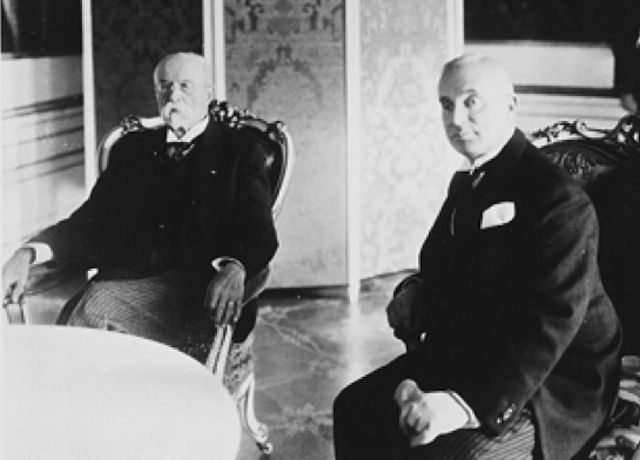
A seemingly unstoppable advance
The German-run Press Office in Belgrade, keen to foster hatred between Serbs and Croats, encouraged Serbian collaborators to spread the false letter around. In America the letter was published in the Serbian magazine Srbobran on February 8th 1943, and as a result was cited in a United States government report (number 130) dated June 3 1943, entitled “The Greater Serbia Movement in the United States”.
The apocryphal letter was also lodged in the British Public Record Office (Kew) (reference FO/371/37630).
Continued momentum
Even after World War II, the apocryphal letter continued to be published as if true in magazines and historical and fictional books.
In 1953, it was cited in the British publication Time and Tide (10th January), in an article entitled “Tito and Stepinac” by C.F Melville. Oddly, it became a kind of ‘justification’ for British support of Tito and his communist regime.
Time and Tide published a letter from Prvislav Grisogono repudiating the letter (17th January 1953): “Adhering strictly to the principle that as a foreigner I must abstain from interfering in a question which has to be dealt with by the competent authorities of this country only, I feel that I should not allow my name to be used in a conflict between the Communist regime in Yugoslavia and the Holy See, which has, in this matter, the support of the whole civilized world. The quoted sentences have been taken from a letter which had been ascribed to me but which I neither wrote nor knew about. In fact, as soon as I learned of it I wrote indeed a letter to Mgr Stepinac in which, according to my conscience, I vigorously condemned the un-Christian behaviour of a certain section of Catholic clergy and of some higher dignitaries in Yugoslavia, but in which I never allowed myself, in the absence of documentation, to express any judgment whatsoever on the personal responsibility of Mgr Stepinac himself”.
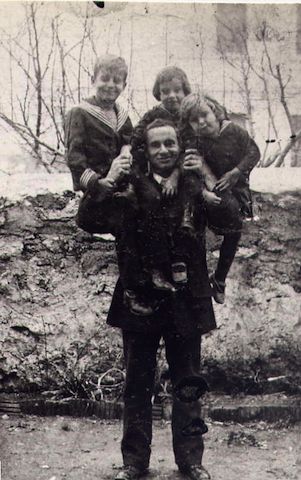
Lying letter running on
When the Serb-led Yugoslav army attacked Slovenia and Croatia in 1991, followed by Bosnia and Hercegovina in 1992, it was a surprise to see the false letter rearing its ugly head yet again, spread round the world through the Serb-run Yugoslav ‘Information’ Offices. Its purpose? To justify the war of aggression, a cruel irony in view of Prvislav’s pacifism.
It fell to Prvislav’s son Nenad and myself to counter the lying propaganda, which we did to the best of our abilities in Croatian and international media.
Others also tried to redress the balance, such as Croatian archivist and historian Dr Frano Glavina, who went through it all again in an article about Serbian propaganda in Globus (21st August 1998), and British Catholic historian Dennis Barton in “Church in History” (8th June 2007).
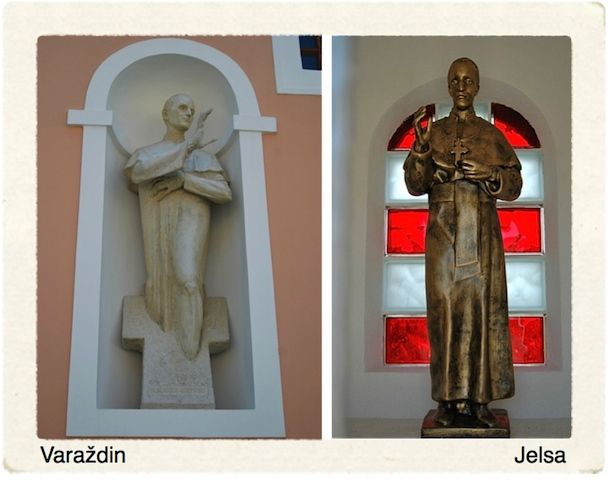
Does Cardinal Stepinac deserve to be canonized? That is for the Catholic Church to decide through its normal procedures. Stepinac should be assessed through his own words and deeds, not on the basis of lying propaganda. Nearly 75 years after its first appearance, it’s time for the apocryphal “Grisogono letter” to have its lying little legs cut off, along with all other similar examples of pernicious propaganda. Its run should never have started, much less lasted as long as it has.
© Vivian Grisogono 2016








